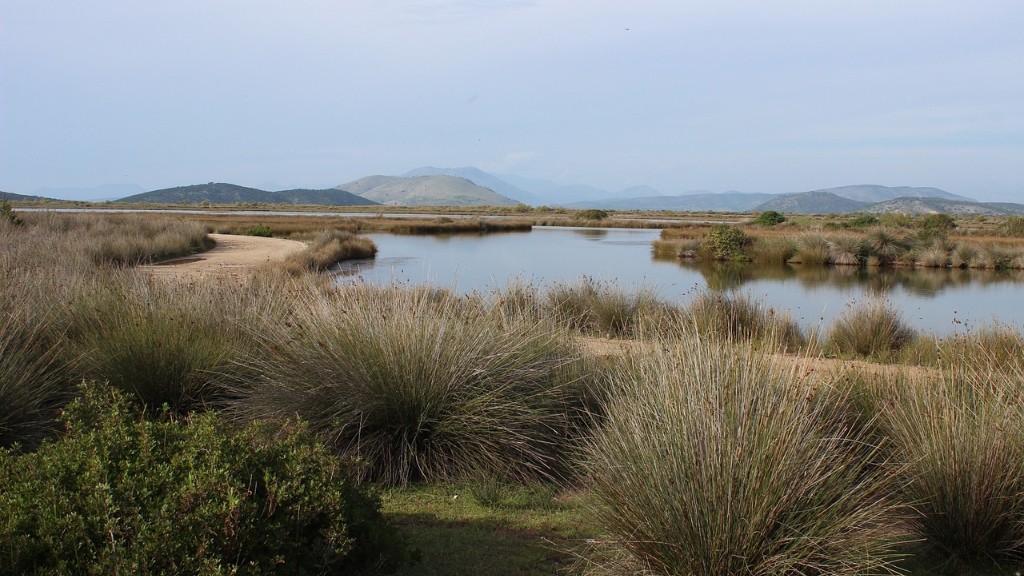Geography of The Mississippi River
The Mississippi River is certainly one of the most well-known rivers around the globe. Its course extends from Lake Itasca in Minnesota to its outlet in the Gulf of Mexico. Additionally, it is the second longest river in the Unites States, measuring 2,348 miles long.
As a matter of fact, the Mississippi passes through or borders a total of ten states in the U.S.A., including large ones such as Minnesota, Illinois, and Louisiana. It is without a doubt an indispensable river to several states, providing crucial economic benefits to agricultural, industrial, and recreational sectors.
More precisely, its course runs alongside Illinois, Kentucky, Mississippi, Missouri, Minnesota, Arkansas, Tennessee, Iowa, Wisconsin, and Louisiana. These states are essential to its development and relevance, as much of their industries, especially those related to tourism, are highly dependent on the quality of the water that flows from the Mississippi.
Environmental Impact of The Mississippi
The impact of the Mississippi River is undeniable, with positive and negative effects to the environment and its respective ecosystems. For one, its irrigation system has helped increase food production throughout the area, and has served as a natural habitat for a variety of animals. Additionally, it is an invaluable resource for recreational activities such as fishing and sightseeing.
Despite its benefits, the Mississippi River also has had a few negative impacts. In the past, it has been prone to massive floods, mostly caused by the weather occurring in the Midwest. The river has also been subject to numerous oil spills and other hazardous materials, resulting in destruction of ocean life, vegetation and pollution.
In a more recent report conducted by the Environmental Protection Agency, it is estimated that most of the water used for agricultural purposes and by industries is not treated properly. This leads to a contaminated waterway that often affects surrounding communities and ecosystems.
Economic Impact of The Mississippi
The Mississippi River is a major component of the U.S. economy concerning tourism and transportation. Many of the details regarding how it impacts the region’s economy are still up for debate. Nevertheless, there is no denying that it is crucial for certain sectors.
The presence of the Mississippi is greatly influential since it divides the East Coast from the West and provides convenient points of access to the different states it passes through. For example, transportation and loading facilities contribute to the economic movement of goods throughout the region.
Additionally, its economical relevance is visible in the way industries heavily depend on the river, not only for their personnel but also for their supplies. As such, several companies produce their commodities in the region, ensuring that their products reach the rest of the country with the help of the Mississippi.
Political Impact of The Mississippi
The Mississippi is not only influential from an economical standpoint, but also from a political one. Throughout history, the river has been extremely important for the states it passes through for political and military reasons.
Historically, the city of Cairo, Illinois, was a key strategic spot as it is located above the confluence of the Ohio and Mississippi River, thus allowing control over both bodies of water. Even though it has been overshadowed by other cities in the region, Cairo endured as a strategic fort until 2017, when the last fortress was abolished.
It is clear that the Mississippi, along with other rivers such as the Missouri and the Red River, were of utmost importance for the United States. It is in this way where it has contributed to the development of several states in the country and how it has been an essential part of its history.
Conclusion
The Mississippi River is often taken for granted, even though it has been of utmost importance for the states it passes through. From an environmental, economical and political standpoint, the river is a vital part of the history and development of the United States, having helped shape the region in numerous ways.
From Lake Itasca to the Gulf of Mexico, the river is a crucial source of life and movement, connecting the East and West and providing crucial resources needed to maintain the progress of several states. It is no wonder why it is so important for many Americans, as its impact on their lives cannot be overlooked.



